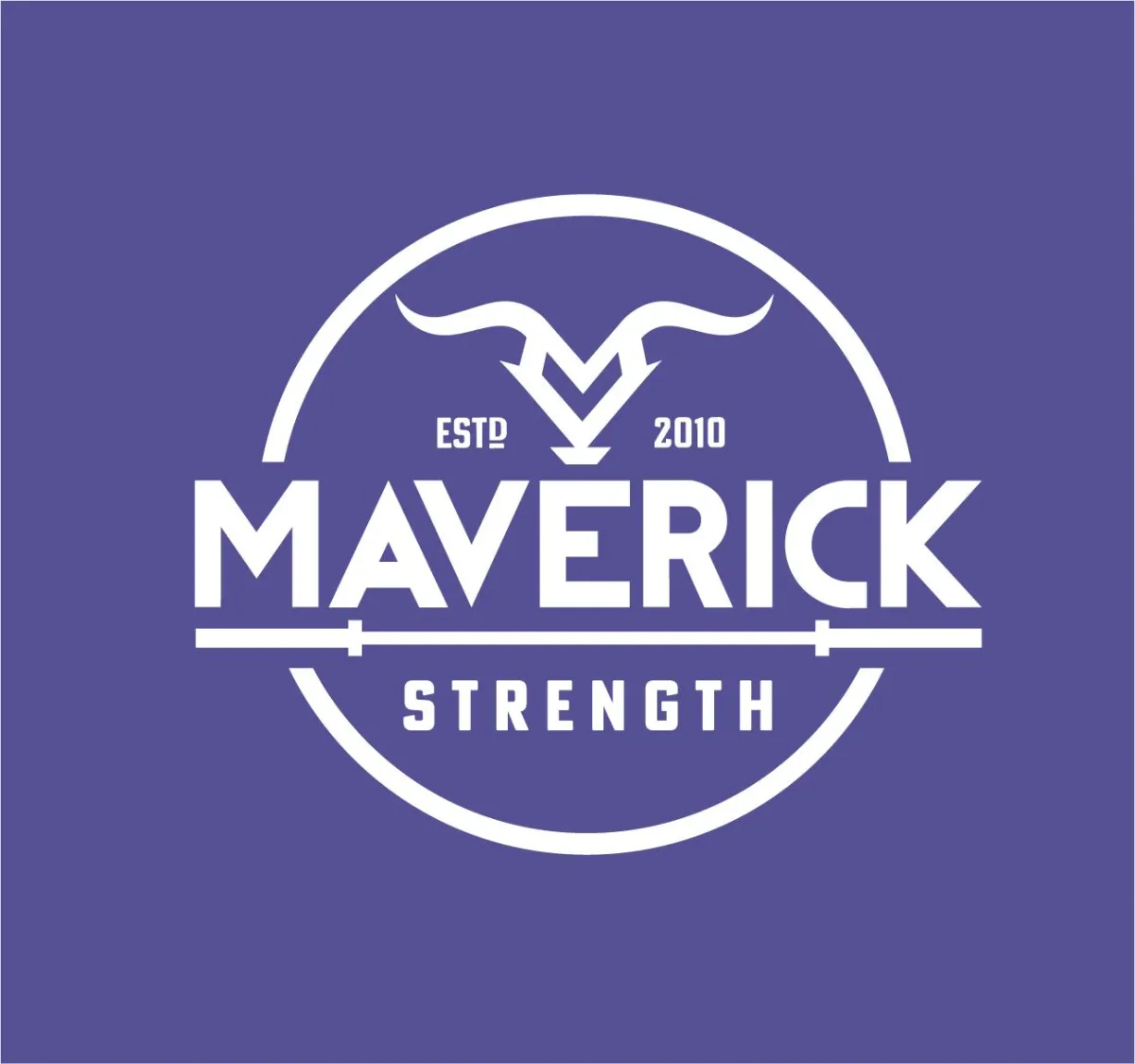206B Lakeside Dr Nelson, BC, Canada V1L 6B9
(604) 200-2263
206B Lakeside Dr Nelson
BC, Canada V1L 6B9
(604) 200-2263
💪 404 – Page Not Found!
Looks like you took a wrong turn... but hey, at least you're moving!
The page you're looking for isn't flexing right now.
Maybe it skipped leg day?
Let's get you back on track:

